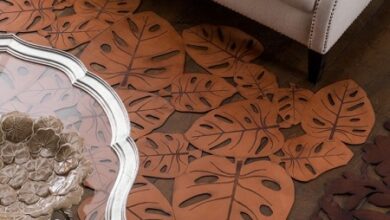Jan 10 2025
/
7 – Glove Paths and stories of gloves in Naples
THE FRENCH INFLUENCE
The period Napoleonic Kingdom, known in the history of southern Italy as the French Decade (1806-1815), represents a crucial moment for the glove industry in Naples. During those years, glove production underwent considerable developments, influenced by the techniques and practices of the Grenoble gantiers, who were renowned for their craftsmanship. Among the mechanical instruments, worthy of notice is the special equipment used by top-level Neapolitan glover companies, which followed in the footsteps of the great gantiers. Those included presses of various sizes for shearing materials, and several complete sets of metal gauges for glove cutting with the Jouvin, Alexandre, Josephine, Ricochet, Reynier, Dumont, Landier, Mouret and Bergery cutting systems, each with its own peculiarities, which do not differ substantially from one another.
This synergy between traditional craftsmanship and technological innovation contributed to Naples position as an important glove manufacturing hub, capable of meeting the demands of an expanding market and influencing the fashion trends of the time. The quality and variety of gloves produced during this period became a symbol of status and refinement, to the extent that Neapolitan gloves gain popularity even beyond the national borders.
Invention of gauges and mechanized cutting by Xavier Jouvin.
The invention of gauges and the mechanisation of glove cutting represent a crucial moment in the history of the production of this accessory. In 1819, the creation of hand-shaped iron dies by Vallet d’Artois paved the way for an innovation that would revolutionise the industry. However, it was Xavier Jouvin, a young medical student from Grenoble, who took this idea further and perfected it, by focusing on the way leather extends and on the hand conformation. Through his research, Jouvin developed a system of 32 gauges, each corresponding to a different glove size, and assigned a conventional number to each of them.
This initial numbering was later replaced by a more practical system, based on measurements in inches, which is still in use in the modern glove industry.
Jouvin’s work did not stop with gauges. In 1834, he filed a patent application for an even more innovative invention: the ‘iron hand’. These metal moulds were designed to cut simultaneously six pairs of gloves per gauge, thus optimising the production process. The patent was approved in 1838, and in 1839 the system was awarded a bronze medal at the Paris Industrial Exhibition, recognising the importance of the innovation it brought along. In 1849, when the use of the ‘iron hand’ became widespread, its adoption in international trade marked a significant change in the glove manufacturing sector, increasing its efficiency and standardising sizes. This technical development not only improved the quality and availability of gloves, it also represented an important step towards the mechanisation of the manufacturing industry.
Iron gauge with cutting system X. Jouvin with backlash plate
Fondo Casa del Guanto
French-made gloves manufactured in a 20th century Grenoble factory
Cimmino family private collection
French glove, black and white
Private collection, Galagloves
Manuel de Ganterie, by C. Toulouse, 1927
Fondo Biblioteca SSIP
Related Posts

Delegazione del Sudafrica visita il Distretto della Pelle
Nei giorni scorsi il distretto della pelle della nostra provincia ha ricevuto la visita di…

XXXIII Congresso IULTCS 2015
ABQTIC is the association currently in charge of the organisation of the XXXIII IULTCS CONGRESS…

World Leather Congress 2015
MILAN, The Capital Of Leather "Trends and Future Challenges" is the subject of the 2nd…

Ricerca
Le attività di Ricerca della SSIP sono rivolte essenzialmente alla Chimica e Tecnologia Conciaria, nonché…

